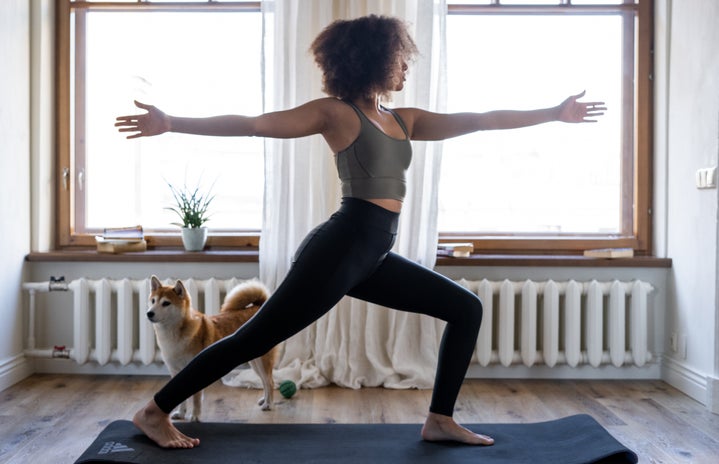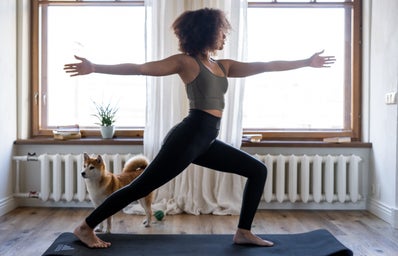Future is more than the average workout app, as supported by its hefty financial investment. It uses technology to connect you around the clock to a personal trainer through FaceTime calls, videos, and the use of an Apple Watch (which gets mailed to you if you don’t have one). This past month has been eye opening in many aspects regarding my health and wellbeing, largely thanks to Future. Maybe in person gyms are a thing of the past.
I know what you’re probably thinking; how could any college student afford a phone app for $150 a month? And, more importantly why? Well, I can’t exactly speak to the financial situation of other college students–I was lucky enough to score a one month free trial–but I can speak to the why. During this past month, I’ve caught a glimpse into the future (no pun intended) of technology driven, and quarantine approved, workout plans. And, they are no joke.
The concept of this app revolves around the use of an Apple Watch as a way for the trainers to track progress. This means that my trainer was able to see my BPM throughout a workout, knowing if I skipped a certain set or exercise. Though this concept was a bit dystopian at first, and truth be told still is, it really did help with accountability. The watch connects to the iPhone app itself which guides the workouts, allows for messaging with trainers, and plays Apple Music sanctioned playlists (though I often skipped these playlists and opted for Netflix on a different device).
Step one of the process is choosing a personal trainer, done through an array of bios and photos. Once I landed on my choice, we scheduled a FaceTime to meet each other and assess my workout history. This was the first point of contact that we had throughout the month and it was almost nonstop since. The trainers are available most daylight hours to answer any questions pertaining to fitness and adjust the workout schedule if need be. Though the process was rigorous, about an hour a day five days a week of weight training, I felt supported the whole time since I knew I was not doing it alone, even if there was no one else physically in my garage with me. They adjust the length, frequency, and equipment usage to each person based on their preferences which provides for a supportive, while still challenging, environment.
Each week followed the same general curve as reps and weight increased, along with my strength. Because the physical isolation keeps trainers from watching each workout, they often ask for videos of specific exercises in order to send form critiques and adjustments. It feels about as personal as working out through an iPhone can get and the app itself is very user friendly. Trainers also add personalized audio cues throughout the workout to make it feel more interactive, mine often having to remind me to film myself for form adjustments.
I honestly felt very connected to my trainer, a sentiment that made cancelling at the end of the month extremely difficult. Waking up to encouraging texts every morning and being held accountable by someone else kept me in a fitness mindset all month long, even though some workouts I dreaded just like anyone else. At the end of the day, exercising is exercising no matter what platform it’s done through. It’s going to be really tiring on some days and really rewarding on others, but working it into a daily routine and implementing lifestyle changes is what makes the ultimate difference. Future is just one very technologically sleek way to accomplish this goal, though it can also be done with no aid at all.
Because of the high price point and requirement of Apple products, this app clearly lacks accessibility. It’s not without flaws, but the product that it delivers I would say is worth the money for those who can afford it. Workout apps may not beat in-person gym training, but it is a great way to connect with fitness professionals for a personalized and quarantine safe experience. If you somehow come across the opportunity for a guest pass, I’d definitely recommend giving it a shot!


